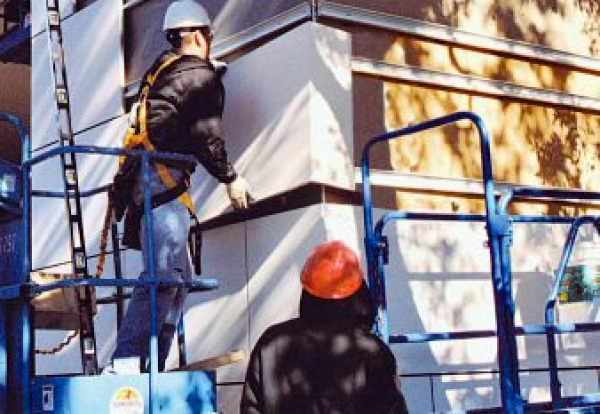Of the total sum, around £128m remained to be spent at the start of this year.
The volume house builder this morning revealed the full cost of meeting the Government’s strict new safety regime as it took a further provision of nearly £20m in the first six months of this year.
The latest hike has been driven by both material and labour cost inflation and more detailed assessment of scope of works needed on schemes.
Since 2017, Bellway has delivered remedial work or identified works are needed to 33 buildings, around a third are below 18m and two-thirds above 18m in height.
So far Bellway has been able to clawback around £30m from suppliers, subcontractors and professional advisors, where they have fallen short of the standards required.
Bellway warned that further provisions may be needed going forward.
Jason Honeyman, group chief executive, said: “This is a highly complex area with judgements and estimates in respect of the cost of remedial works, and the extent of those properties within the scope of the applicable Government guidance and legislation, which continue to evolve.
“Going forward, we are engaging positively with Government to establish a workable, sector-wide solution towards more widespread fire remediation issues and are in ongoing discussions in that regard.
“We welcome the Government’s commitment to work with lenders, insurers, RICS and others to ensure a more proportionate and risk-based approach is embedded across the system.”
He added: “This is a complex subject, with historical issues often arising through the involvement of several third parties, including building owners and management companies, planning authorities, subcontractors, suppliers, warranty providers, designers and building control authorities, and it is set against a backdrop of evolving building regulations.”
First-half results for 2022, revealed revenue had edged forward 3.5% to £1.78bn, generating an underlying pre-tax profit up 9% to £327m.
Operating margin improved from 17% to nearly 19%.
Honeyman said Bellway continued to manage challenges in the supply chain where materials shortages, rising fuel prices and wage costs are expected to result in continued inflationary pressures in the year ahead.
.







.gif)

 (300 x 250 px).jpg)
















































